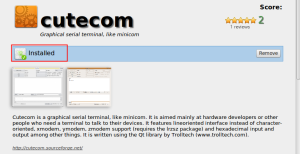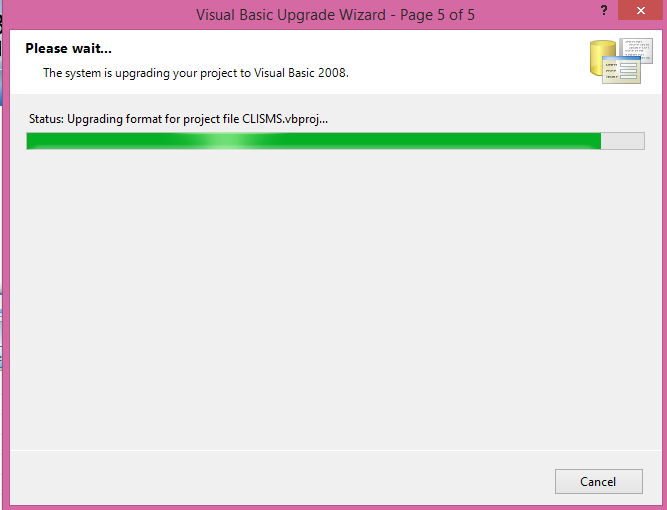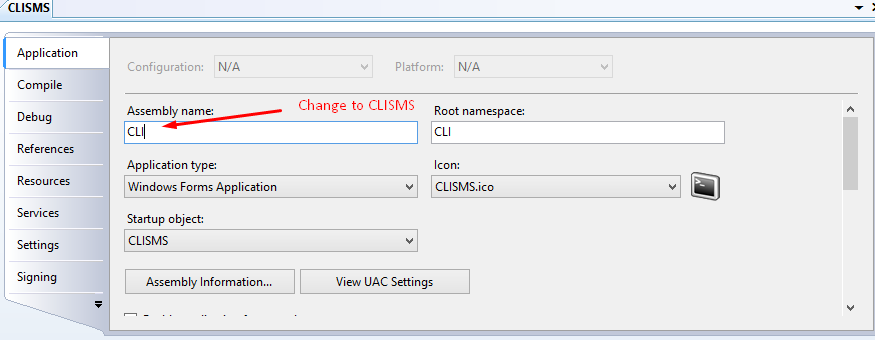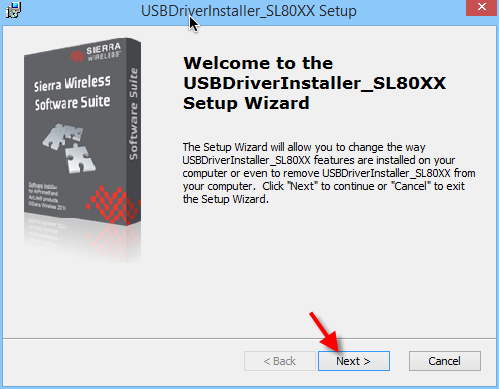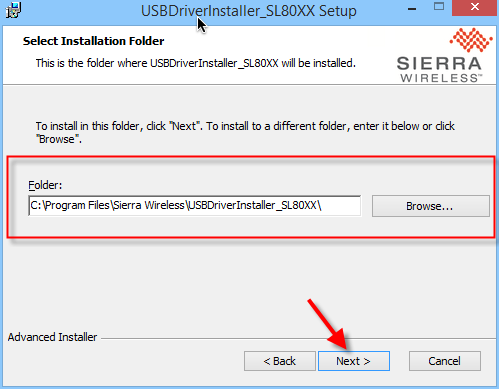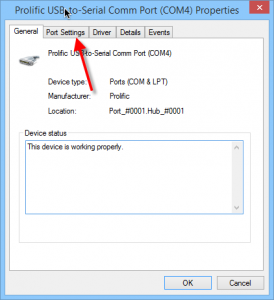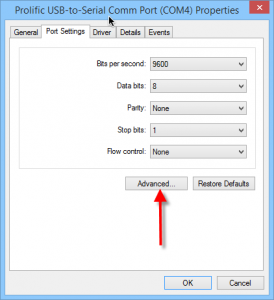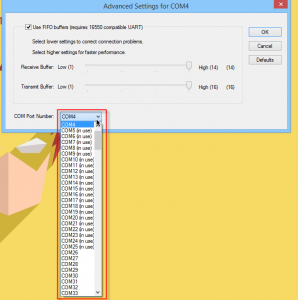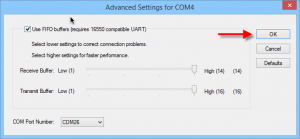Last updated on 29/Sep/2016
| OPERATORS | PLANS | SMS to SAME NETWORK | SMS to OTHER NETWORKS | SOURCE |
|---|---|---|---|---|
| Celcom | Xpax Turbo | 12 sen | 12 sen | https://www.xpax.com.my/xpaxturbo |
| Celcom | FIRST™ Platinum RM150/month | Unlimited SMS | Unlimited SMS | https://www.celcom.com.my/personal/plans/platinum |
| Digi | Preaid Best | 6 sen | 12 sen | http://new.digi.com.my/prepaid |
| Digi | Preaid LiVE | 20 sen; for Buddyz 0 sen | 20 sen | http://new.digi.com.my/prepaid |
| Digi | Postpaid 80 / 78 / 68 / 48 | 10 sen | 10 sen | http://new.digi.com.my/postpaid-plans |
| Digi | Postpaid 28 | 15 sen | 15 sen | http://new.digi.com.my/postpaid-plans |
| Digi | Postpaid 128 / 218 | Unlimited SMS | Unlimited SMS | http://new.digi.com.my/postpaid-plans |
| Maxis Hotlink | Hotlink FAST pack | 1 sen | 12 sen | http://www.hotlink.com.my/en/plans/fast.html |
| Maxis | MaxisONE Plan 188 / 158 / 128 / 98 | Unlimited SMS | Unlimited SMS | http://www.maxis.com.my/en/personal/plans/postpaid-plans/maxisone.html |
| U Mobile | Power Prepaid | 8 sen | 8 sen | http://www.u.com.my/prepaid |
| U Mobile | Hero Postpaid P98 / P70 / P50 | 3 sen | 8 sen | http://www.u.com.my/postpaid |
| U Mobile | Hero Postpaid U28 | 5 sen | 12 sen | http://www.u.com.my/postpaid |


